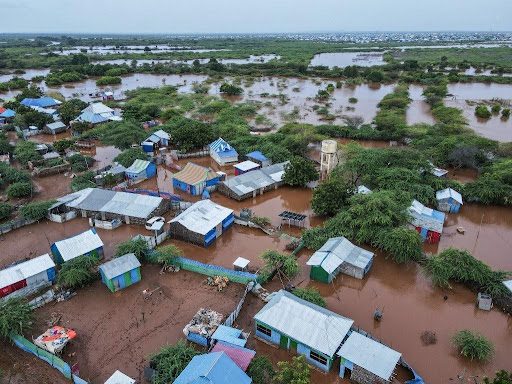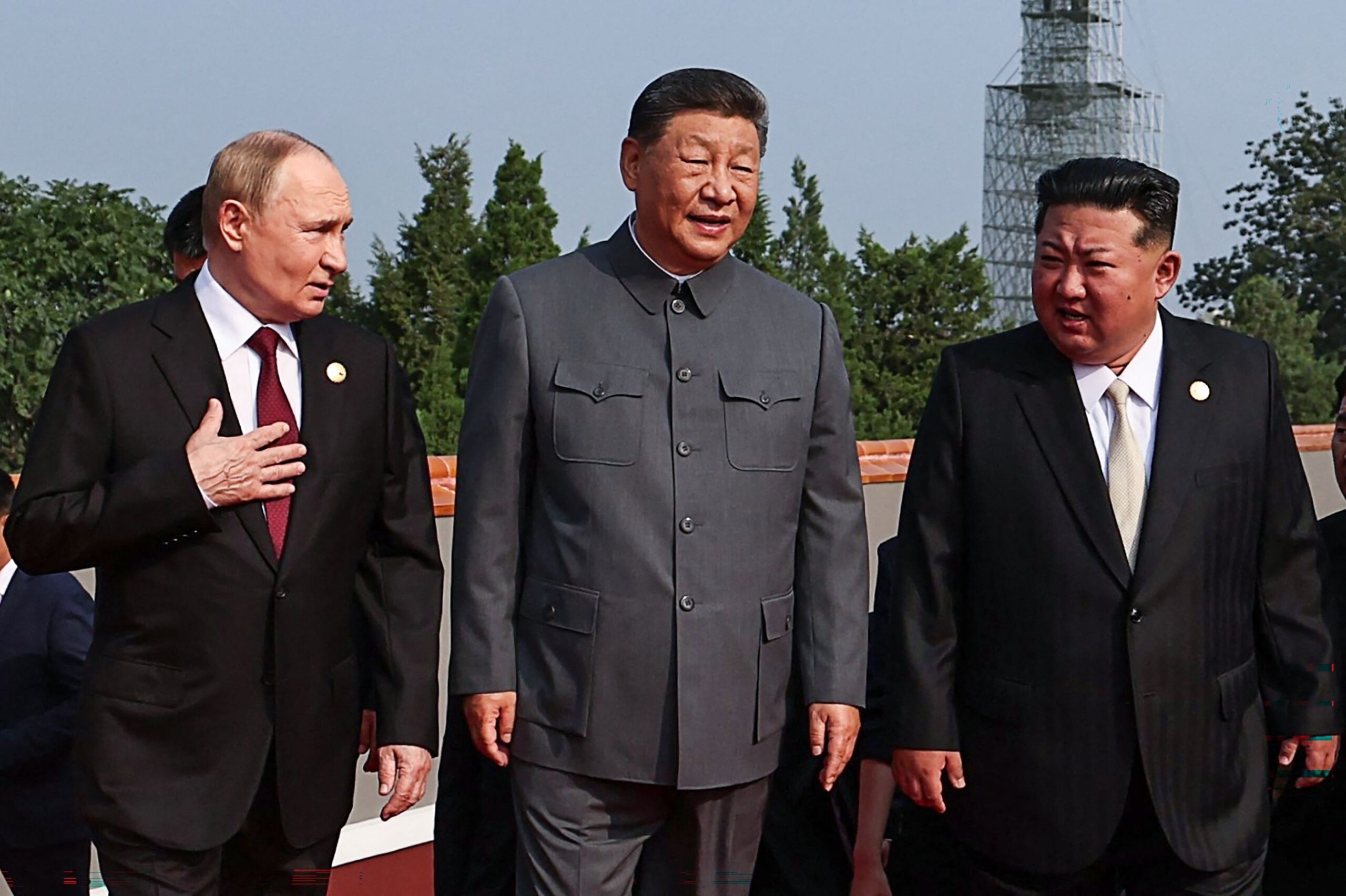

Since its launch on January 1, 2025, the African Union Support and Stabilisation Mission in Somalia (AUSSOM) has encountered numerous obstacles, jeopardizing its potential to bring stability to the region. Tasked with combating the entrenched influence of al-Shabaab and fostering long-term peace, the mission is grappling with disputes over troop contributions, regional rivalries, and persistent funding shortfalls.
Burundi, a long-standing participant in Somalia’s peacekeeping efforts, has voiced dissatisfaction with its reduced troop allocation. Initially proposing 3,000 personnel, Burundi received an allotment of just 1,041. This drastic reduction has not only undermined its operational capacity but has also dampened troop morale. For Burundi, whose forces have played a crucial role in stabilization efforts for over a decade, this decision feels dismissive of its contributions. Officials have hinted at the possibility of withdrawing from AUSSOM entirely unless the allocation is revisited, leaving the mission’s future on uncertain ground.
The dynamics within AUSSOM have been further complicated by the growing influence of Egypt. Offering to deploy 10,000 troops through AUSSOM and bilateral agreements, Egypt’s move has heightened tensions with Ethiopia, a country with an established military presence in Somalia. Ethiopian forces, also numbering approximately 10,000, now face mounting calls for withdrawal from Somali authorities who favor Egypt’s involvement. This geopolitical tug-of-war reflects broader regional rivalries, undermining the cohesion required for the mission’s success.
To mitigate these tensions, the United Nations Security Council authorized a phased transition of forces from the African Union Transition Mission in Somalia (ATMIS) to AUSSOM. This interim period, extending until mid-2025, will see the deployment of 12,626 personnel, including police units, with troop numbers expected to reduce thereafter. However, logistical and operational challenges remain daunting, compounded by a resurgence of extremist activities.
Both al-Shabaab and the Islamic State (IS) have escalated their attacks, exploiting vulnerabilities within Somalia’s security framework. A recent assault on a Puntland military base highlighted IS’s growing influence, fueled by an influx of foreign fighters and revenue generated through local extortion. Analysts warn that without robust intervention, Somalia could solidify its position as a nexus for extremist activity in Africa.
Funding continues to be a critical stumbling block for AUSSOM. The mission’s sustainability hinges on predictable and reliable financial support from international partners. Drawing on lessons from previous missions, the African Union has redoubled efforts to engage stakeholders like the United Nations and the European Union. Yet, the lack of sufficient funding threatens to stall progress, jeopardizing the mission’s ability to maintain momentum and deliver results.
Unlike its predecessors, AUSSOM’s mandate is more streamlined, emphasizing security operations, targeted actions against extremist groups, and stabilizing key regions. However, achieving these goals requires resolving disputes among troop-contributing countries and fostering unity within the mission. The ongoing rivalry between Ethiopia and Egypt continues to strain these efforts, creating additional barriers to success.


